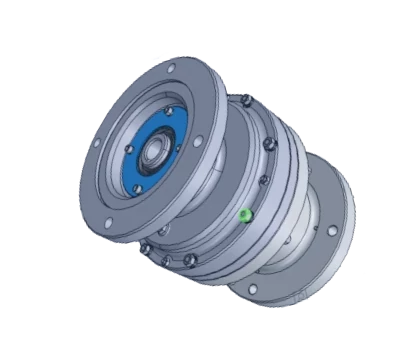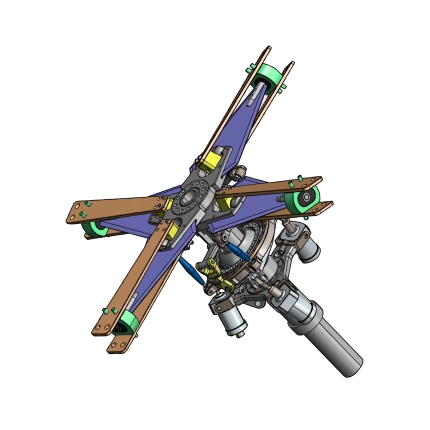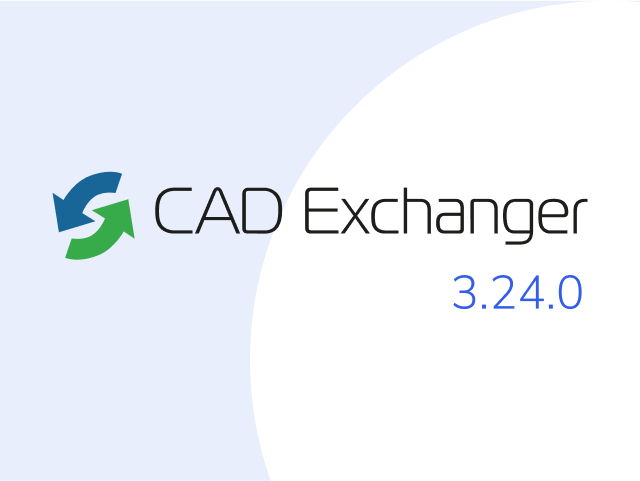

How to convert 3DS
to X3D?
Applications for end-users. SDK's and tools for software developers. Custom development services for businesses.
Trusted by industry leaders







Available in CAD Exchanger Products
CAD Exchanger Lab
Desktop application to view, explore and convert 3D CAD data across 30+ file formats.
Learn more

3DS
3DS is one of the file formats used by the Autodesk 3D modeling, animation and rendering software. It once was native for the old Autodesk 3D Studio DOS and eventually has grown to become a de facto industry standard for transferring models between 3D programs, or for storing models for 3D resource catalogs.
3DS is aimed at providing an import/export format, retaining only essential geometry, texture and lighting data.
X3D
X3D is ISO standard XML-based file format for representing 3D computer graphics. X3D features extensions to VRML (e.g. CAD, geospatial, humanoid animation, NURBS etc.), the ability to encode the scene using an XML syntax as well as the Open Inventor-like syntax of VRML97, or binary formatting, and enhanced application programming interfaces (APIs).
The X3D extension supports multi-stage and multi-texture rendering; it also supports shading with lightmap and normalmap. Starting in 2010, X3D has supported deferred rendering architecture. Now X3D can import SSAO, CSM and Realtime Environment Reflection/Lighting. The user can also use optimizations including BSP/QuadTree/OctTree or culling in the X3D scene.
Convert 3DS
to X3D
Need to work with CAD files in numerous formats? No worries.
From 3DS to X3D, CAD Exchanger gets you covered.
What Our Delighted Customers Say
From Our Blog

Everything you need to know about CAD file formats
A CAD file is an output of a CAD software, containing key information about the designed object: its geometry and topology representation, 3D model hierarchy, metadata, and visual attributes depending on the format of the file.
Read more
Integration with UNIGINE engine
This article explores the integration possibilities with the UNIGINE engine, a powerhouse in the realm of virtual simulation and game development. Learn how it can be used in applications built with the UNIGINE engine to import CAD and 3D models.
Read more
Manufacturing Toolkit and Web Toolkit enhancements, Unity performance optimization, renaming and rotating SDK examples in release 3.24.0
Explore the wall thickness at a specific point on a surface, enjoy four times faster Unity objects performance, and check out renaming and rotating examples in SDK.
Read more